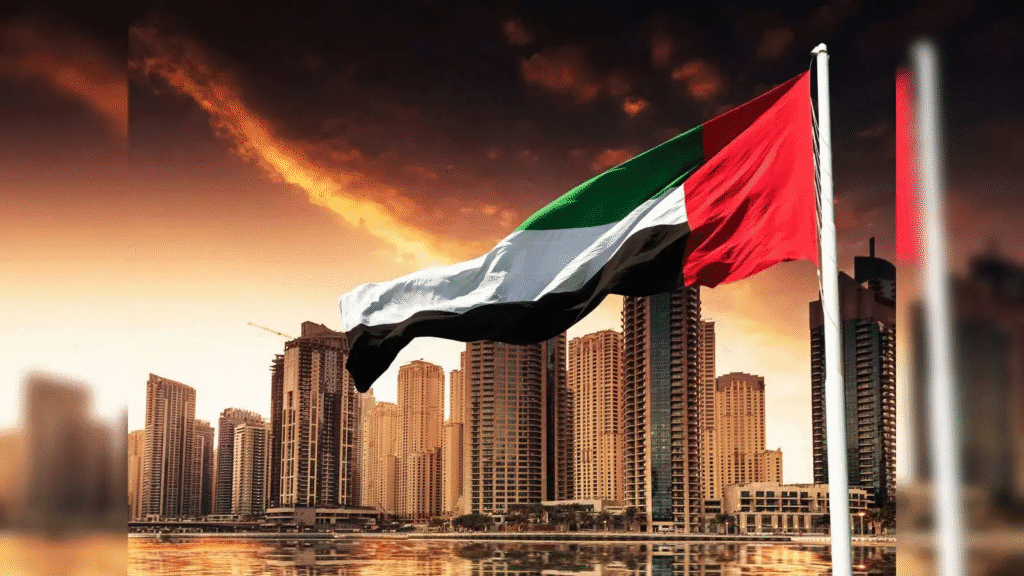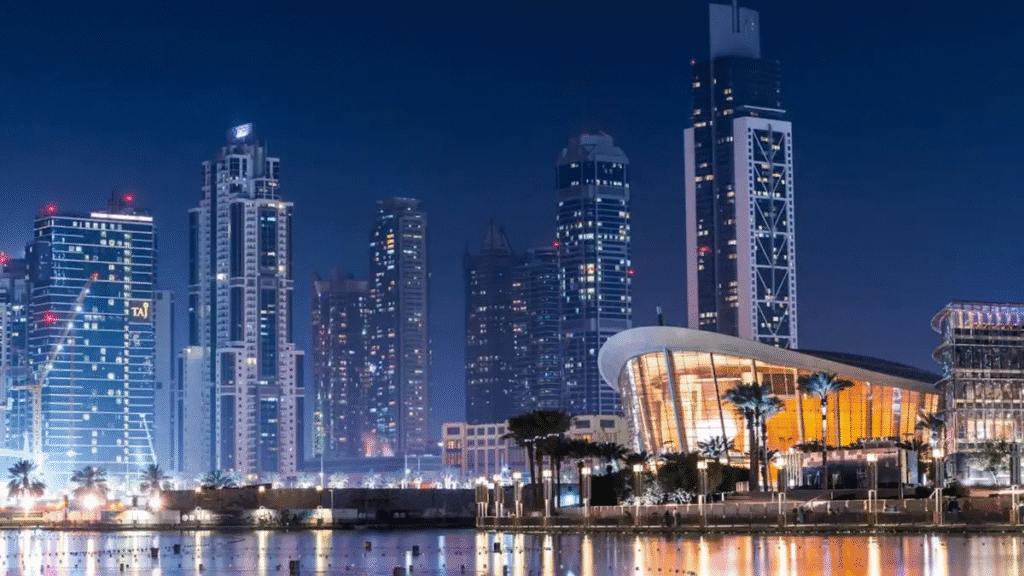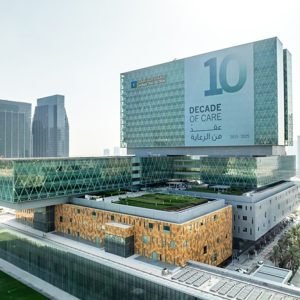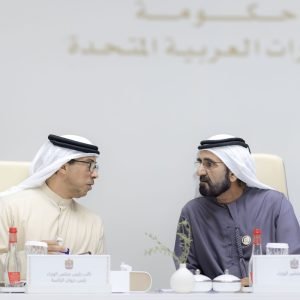The United Arab Emirates (UAE) is entering November with a clear focus on three pillars: strengthening regulatory transparency, expanding international trade ties, and opening up new opportunities for residents and visitors. Here’s a breakdown of what to watch this month and why it matters.
1. Visa‑and‑Residency Moves: Supporting Residents and Talent

One of the most significant changes involves the long‑term resident framework. The UAE has introduced new support measures for its Golden Visa scheme. Long‑term residents can now access a streamlined 30‑minute online process for “return documents” if abroad, and there is dedicated 24/7 emergency assistance.
At the same time, visa policies for short‑stay visitors are being enhanced: Indian citizens holding valid long‑term visas or residence permits from the US, UK, EU, Singapore, Japan, South Korea, Australia, New Zealand or Canada can now obtain a visa‑on‑arrival when entering the UAE.
These changes suggest the UAE is actively seeking to maintain its competitive appeal for global talent and frequent travellers while also making life easier for residents who travel.
2. Markets, Regulation and Transparency: Shoring Up the Fundamentals

Beyond visas, several regulatory and economic governance steps are visible this month. The Ministry of Finance announced the UAE’s commitment to implement the updated CRS 2.0 (Common Reporting Standard) by January 2027, with the first data exchanges in 2028. This standard expands to cover electronic money, digital currencies of central banks, and crypto‑asset activity.
In parallel, the UAE has joined the International Competition Network (ICN), a global body of competition authorities. The membership is intended to bolster fair‑market practices, transparency and regulatory alignment in the national economy.

Coupled with the announcement that November’s fuel‑price update sees small decreases in petrol and diesel rates (for example, Super 98 petrol at Dh 2.63 per litre from Dh 2.77 in October) these moves reflect the UAE’s effort to balance market responsiveness with regulatory credibility.
For investors, residents and policymakers, tighter governance signals that the UAE is keen to maintain its position as a stable, transparent base for business, not just a growth hub.
3. Global Trade and Industrial Outreach: Strengthening Ties

The UAE’s international trade and investment links are also front and centre in November. At the China International Import Expo (CIIE 2025) held in Shanghai from 5–10 November, the UAE participated as guest country of honour. A high‑level delegation, led by Theyab bin Mohamed bin Zayed Al Nahyan, took part in
Meanwhile, the Abu Dhabi Department of Economic Development (ADDED) signed multiple agreements with leading Chinese institutions aimed at boosting industrial growth, research and investment collaboration as part of the ADNOC Industrial Strategy. Abu Dhabi Media Office

On the trade‑treaty front, the UAE announced its intention to finalise a Comprehensive Economic Partnership Agreement (CEPA) with Chad by end‑2025, demonstrating a push to diversify economic partnerships beyond the immediate Gulf region. Bilateral trade between the two countries had already jumped by more than 30 % to US $1.9 billion.
Together these signals mean the UAE is steering its growth story away from a narrow fossil‑fuel dependency toward broader trade, industry and services ecosystems.
4. Major Events & Public‑Life Changes: What Residents Should Note

November is shaping up to be a full month of events and public‑policy shifts across the Emirates. According to event listings, the UAE will host a rich calendar of economic, scientific, cultural and sporting forums this month.
For residents, commuters and investors, a key practical change to note is the rollout of new traffic rules in Dubai this month. These include adjustments that could affect peak‑hour travel, fines and permit conditions.
For households and individuals, staying aware of these shifts—events, mobility changes, school‑time adjustments—will help avoid surprises and leverage the new infrastructure.
5. Outlook & What to Watch

Looking ahead, the picture is one of consolidation rather than dramatic upheaval. The UAE is reinforcing its foundations: regulatory transparency, resident‑services, global trade linkages and liveability.
From a resident’s view: expect more streamlined support for long‑term stays and travel, more clarity in cost structures (fuel, transport) and more global‑connectivity in business and culture.
From an investor’s view: the governance upgrades and treaty‑building widen the window of long‑term certainty. Pretending regulatory risk is gone would be naïve but the risks are falling.
From a visitor’s view: easier access (for certain passport‑holders), full event‑calendar, and a country in motion all point to fresh opportunities and experiences.
In short, this November the UAE is working quietly but decisively to deepen its position as a resilient, diversified, globally‑engaged economy and society.
Final thoughts on the UAE November update:
November 2025 in the UAE highlights a country steadily balancing growth, innovation, and global engagement. From enhanced visa policies that simplify travel and long-term residency, to regulatory and economic reforms aimed at transparency and investor confidence, the UAE continues to strengthen its foundation. Its active participation in international trade events and strategic partnerships shows a commitment to diversified economic growth beyond oil.
Do follow UAE Stories on Instagram
Read More:- UAE: Asia Cup 2025 Revealed: Exciting Cricket Fever to Hit















